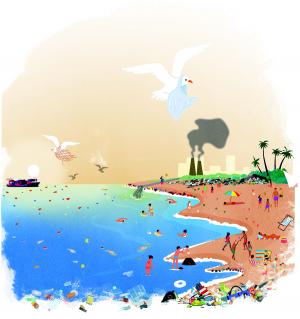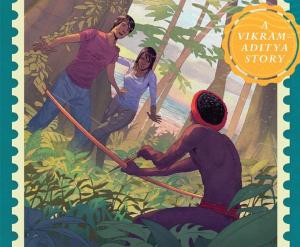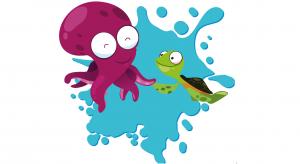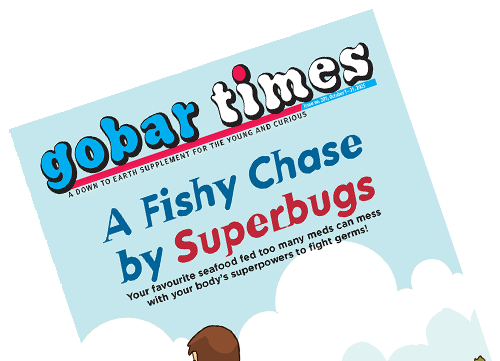
Explore how plastic, oil, chemicals, and even noise are choking marine life—and what we can do to help.

Plastic pollution creates an evolutionary trap for young sea turtles, says a new study. The study is done by researchers from the University of Exeter, UK. The study included 121 sea turtles from five of the world’s seven species: green, loggerhead, hawksbill, olive ridley, and flatback. They found plastic inside juvenile turtles along both the east and west coasts of Australia. Sea turtles usually hatch on beaches and spent their early years traveling on ocean currents...

A fascinating account by a passionate marine environmentalist explaining why seaweeds are environmentally the most sustainable foods on our planet. ******************************* Hi! Do you guys know what a seaweed is? It’s like the spinach of the sea. You might have eaten it in a roll of sushi or a bowl of green salad or a soup. But most likely, you wouldn’t have tasted it at all. That’s because in India, we don't have a popular tradition of seaweeds. But that's about to change—I believe as the founder of a seaweed food company called The Good Ocean...

Set to introduce young readers to a terrain that is largely believed to be elusive and mysterious, Andaman Adventure—The Jarawa is a work of fiction by children’s author Deepak Dalal, known for his conservation-themed books and particularly his Vikram-Aditya series. The Jarawa, the first of a two part story set in the Andaman, also focuses on the young, adventure-loving duo Vikram and Aditya as they navigate a dangerous situation across the islands...

A glimpse from the Gobar Times Design Studio, a designing contest organized as part of the Green Schools Carnival 2023, to allow our talented readers to express their vision and version of the Gobar Times by curating two-pages of the magazine—showing what they would like to read and how.

What are Micro-Plastics? Micro-plastics have not been defined in particular. They are just tiny particles that result from the disintegration of bigger plastic materials. However, most researchers say that any plastic smaller than 5 millimetres in size is a micro-plastic. Hence, these are really, really teeny-tiny! Plastics are made up of polymers, which are derived from fossil fuels. A whole lot of chemicals are added to the polymers—close to 10,000—to ensure that a given plastic has the desired properties...
.png)
Plastic items from takeaway food and drink dominated the litter in the world’s oceans, according to a new study. The study, published in the journal Nature Sustainability was funded by the BBVA Foundation and the Spanish science ministry. The study shows that just 10 plastic products including plastic lids and fishing gear accounted for three-quarters of the litter. This is due to their widespread use and extremely slow rate of degradation.

One upon a time, in the great blue ocean there lived a turtle called Tundra. She travelled miles and miles from the Pacific Ocean to the warm waters in the Indian Ocean. When she reached the shoreline, she could not believe her eyes. It was at the same beach she had first set foot on when she was a baby. It was the best beach to lay eggs.

Coral reefs are diverse marine animals that have created an underwater ecosystem. Reefs can be found in coastal regions of 109 countries around the world. The World Heritage List includes 29 natural and marine properties that contain coral reef systems. It includes icons such as the Great Barrier Reef, Australia and The Tubbataha Reefs Natural Park, Philippines.

